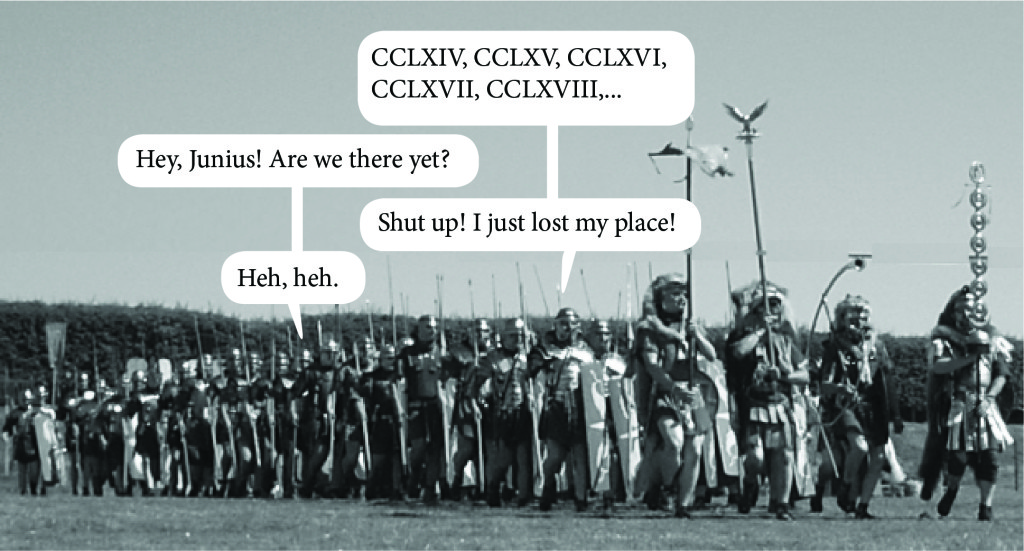Want good customer service? Be a good customer.

Some years ago–and I’m not saying how many—none of your business—I was having lunch with a colleague and he was being his usual dick-self to our server, dangling the promise of a tip if she didn’t screw up his order this time—like she always did—and laying on so many special caveats (dressing on the side, light on the salt, substituting, asking about the organic provenance) that it seemed like a skit from Portlandia. I had witnessed this too many times during the course of our work together and it always made me cringe. Embarrassed, I exchanged a sympathetic glance with the server, who kept smiling because she was powerless. When she left with our order I asked him, “Doug, I’m just curious, but why would you antagonize someone who prepares your food out of your sight?”
“What do you mean?” he asked, pretending he didn’t know what “antagonize” meant. He was one of these people who believed that the only way to get good customer service was to demand it, and threaten retaliation if he didn’t get it.
“I mean, you do know they spit in your salad when you’re nasty to them.” I made this up on the spur. I had no idea if that happened. But I’d do it if I was working in the kitchen and there was a dick mistreating me. (Which is why I’d be terrible at that job.)
His face went ashen, as if that possibility had never occurred to him. I imagined him adding up all the gallons of strangers’ saliva he’d ingested over the years. “They couldn’t,” he said, “I’d sue them.”
“How would you know?” I said, “Or how could you prove it?”
Hopefully, I put a stop to his abusive behavior, at least in restaurants. He did leave a tip that time. And he only picked at his food.
But my point is that it isn’t enough not to be abusive to people who serve you. We should be nice to everybody. We all serve somebody. We’re all in this together. And it’s not just a golden rule, it’s good business.
It doesn’t hurt.
If you want good customer service, try being a good customer. People are people, and if you make them feel valued, they’ll usually try to be their best. And you’ll get much better service for it.
For instance, if they have a nametag or a nameplate on their workstation, use their name. It doesn’t take anything to thank them when they hand you your receipt, and it takes nothing to add their name and say, “Thanks, Jamelle.” (Particularly if their name is Jamelle.) You’d be surprised how much better service you get, and how much just simple recognition that they are a person—with a name—can brighten their day. I didn’t invent this. I’m pretty introvert and I first noticed this effect when I was first dating my wife and noticed how she’d call people by their name, ask them about their day, or make some joke to make them laugh and I noted the positive effect it had. So I started emulating it. And noticed how much better the service got.
You can do this anywhere. I used this technique at the DMV the other day and got wonderful and helpful service. The DMV, for crying out loud!
We’ve all witnessed jerks abusing service people. Everybody in line hates these foul-tempered people. But there’s another trick I’ve learned about getting good service. You can actually draft on their bad mojo, like how NASA slingshots its spacecraft with the gravity of other planets. If someone ahead of you has been nasty, and if you are nice, and if you can convey that you are on the server’s side (without being explicit), you often get much better service than the jerks do. The contrast can not only be stark, but it can help that person serving you get through their own day. It also makes you feel pretty smug about what a saint you are yourself.
But what if…?
But what if you have a legitimate complaint? What if there’s lipstick on your glass? Or you have to return something that doesn’t work? Or you’ve been on hold for twenty minutes listening to a robot tell you how important your business is ? Can’t you be cranky then?
No. There’s never a good time to be cranky. Remember, your goal is to get good customer service. You want them to bend over backwards to rectify the problem. And if you are understanding and nice about it; if you are sympathetic to them; if you act like a friendly person; they will bend over backwards. Usually.
I know it’s really tempting to give in to your frustration when something goes wrong, but we’re adults, okay? Our goal is to get what we want, spending as little energy as possible. We want the thing fixed. And adding sand to the gears isn’t going to achieve that, now, is it?
I’m not saying it’s a guarantee that if you are the nicest, most accommodating customer you will get good service in return. But you certainly will increase the odds of that happening than if you’re a dick. And in a quantum mechanical universe where everything is probabilistic and nothing is absolute, you want to increase those odds. Human beings being what beings are, naturally want to help someone who is nicer to them. At least most of them are. And the ones that are narcissistic dicks—well, they’ll get fired soon enough anyway.
It’s not religion, it’s marketing.
Call me new-agey, but I also think there is something else at work when you are generous and personable to people you do business with, like karma or grace. Good things happen to you. Or at least they seem to happen to you. Or at least you notice them more when your attitude is more generous. It’s not that it’s a transactional thing. You aren’t nice just to get something out of it—not to get into The Good Place philosophical conundrum—but you’ll notice that you do tend to get things out of it. Better customer service, for one.
The other day I was parking on a metered street at the beach. As I got out of my car to stick my credit card into the meter, a city meter reader came up to take data from it. I greeted him, smiling, and stepped back so he could do his thing first. When he was done and I started to put my card into the machine he said, “Oh, you don’t have to do that, I gave you three hours.” Would he have done that had I scowled at him, had I not stepped back to let him reset the meter? Probably not. But my extremely slight gesture of letting him go first and smiling at him saved me $6.75. Talk about transactional!
And yes, I thanked him profusely, and called him by his name on his nametag (Steve). And he probably felt good about himself too, for having done a nice thing for somebody.
This gets back to marketing. Marketing works both ways. Companies that are good to their employees, get more enthusiastic, loyal, and helpful employees. These employees, in turn, are good to their companies’ customers, who are themselves more enthusiastic and loyal patrons, passing on glowing anecdotes and Yelp reviews. But it works both ways, customers who are good to the people who serve them, are completing the circle. And all the boats rise.
We are a marketing species. Everything we do is a social transaction. So we’re constantly marketing to each other: businesses to customers, customers to businesses, politicians to voters, voters to politicians, people to people. Even when we pray to God, if we believe in God, we’re marketing ourselves to Him. On a cynical level you could say that this behavior has an evolutionary advantage. But on another level, you could also say that that’s how we can get through the day more smoothly. It’s just easier.
Can we all join hands now?



